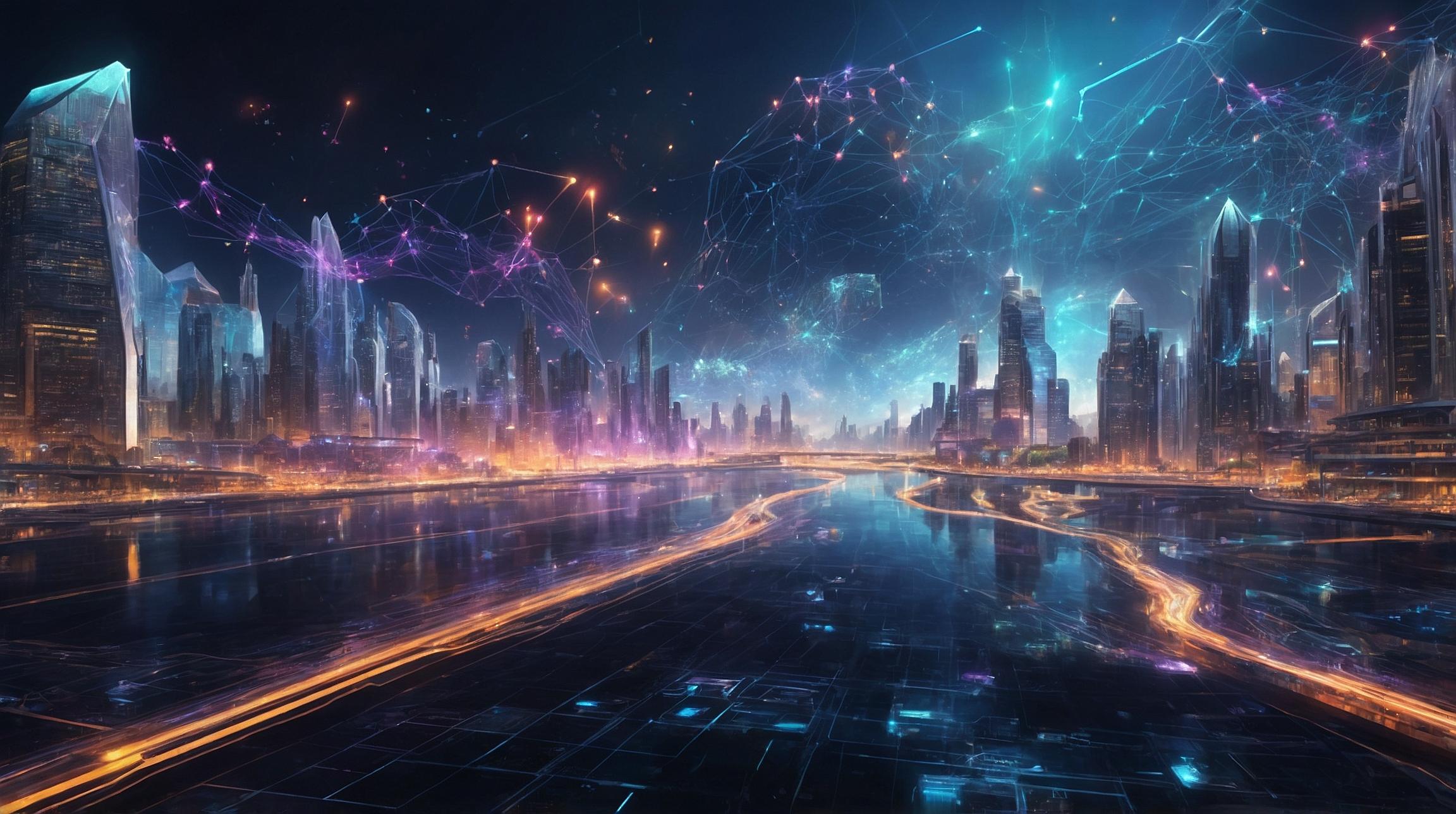AI in Cybersecurity: Transforming the Battle Against Digital Threats
The world of the internet and technology is always changing and growing. For big companies, there are billions of pieces of information that need to be checked to see if they are safe. This makes cybersecurity very tough, and human efforts alone might not be enough. This is where artificial intelligence (AI) comes into play as a powerful tool. AI is making a huge difference in how we handle cybersecurity, offering advanced ways to deal with threats effectively.
Integration of AI in Cybersecurity
AI and machine learning (ML) are now crucial parts of keeping information safe. These technologies can quickly check millions of events and find different types of threats. They learn from past data to recognize new dangers and act when something unusual happens.
AI vs. Data Analytics
People often confuse AI and data analytics (DA), but they are different. AI systems keep learning and improving with more data, becoming more independent over time. Data Analytics examines large amounts of data to find patterns and insights but doesn't adapt like AI. Understanding this difference is important for using AI effectively in cybersecurity.
Fundamentals of AI
AI includes various technologies designed to understand, learn from, and act on information. It works in three main ways:
- Assisted intelligence: Helps with existing tasks and processes.
- Augmented intelligence: Enables new capabilities that were not possible before.
- Autonomous intelligence: Allows machines to work independently.
Key technologies in AI:
- Machine learning: Enhances performance using statistical methods, without precise programming.
- Expert systems: Use knowledge from specific fields to solve problems, mimicking human experts.
- Neural networks: Learn from observations, inspired by how the human brain works.
- Deep learning: A type of machine learning that excels in tasks like recognizing images.
AI’s Role in Enhancing Cybersecurity
With more devices connected to the internet, cyberattacks are increasing in number and severity. AI and ML can automate threat detection and respond more effectively than traditional methods.
Challenges in Cybersecurity
Cybersecurity faces many challenges:
- Large attack surfaces
- Many devices per organization
- Various attack methods
- Shortage of skilled security experts
- Huge amounts of data
To handle these problems, AI-based cybersecurity systems have emerged. These systems gather and analyze data automatically, finding patterns across millions of signals. This improves threat detection, response times, and overall security.
Advantages of AI in Cybersecurity
AI offers several benefits in making cybersecurity stronger:
- Revolutionizes security operations
- Accurate tracking of devices, users, and applications
- Provides real-time insights into threats
- Helps in prioritizing security measures
- Evaluates the effectiveness of security controls
- Predicts breach risks
- Allocates resources and tools strategically
Organizations can use AI to understand security decisions better and make informed choices.
Early AI Adopters
Numerous organizations are already using AI to boost their cybersecurity strategies:
- Google: Uses ML in Gmail to improve email filtering and security.
- IBM’s Watson: Enhances threat detection capabilities.
- Juniper Networks: Utilizes AI in its Self-Driving Network initiative for better network management and security.
- Balbix: Implements AI for continuous risk predictions and proactive breach management.
However, AI adoption by cybercriminals also presents new challenges, highlighting the need for ongoing innovation and vigilance.
Verdict
AI has become an essential tool in boosting cybersecurity efforts. As cyber threats increase, advanced AI technologies provide critical analysis and threat detection, helping security professionals reduce risks and fortify defenses. A strong human-machine partnership is key to effective cybersecurity.
Stay updated with the latest in AI and cybersecurity. Understand the pivotal role of AI and how it can protect your digital world.













